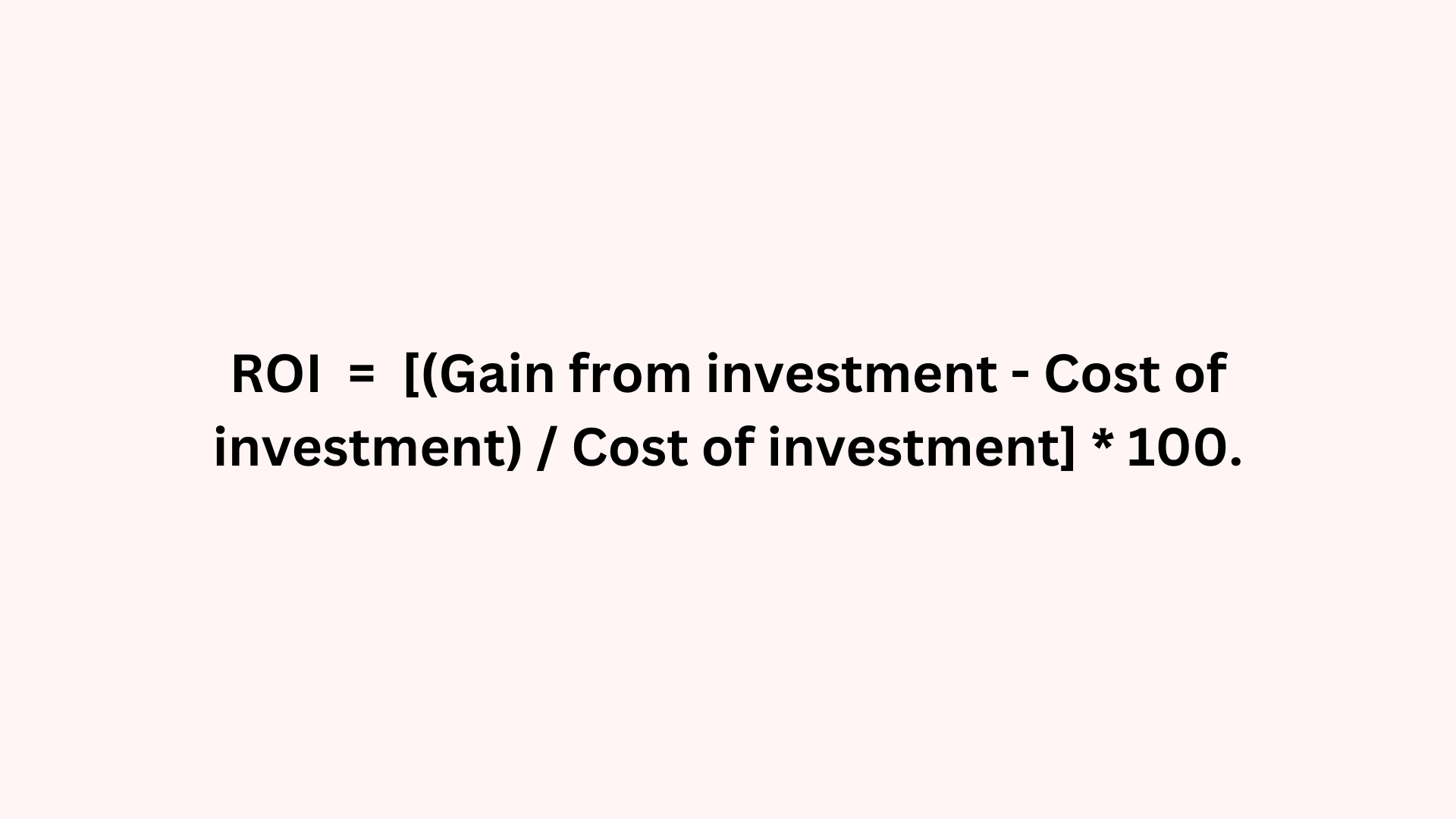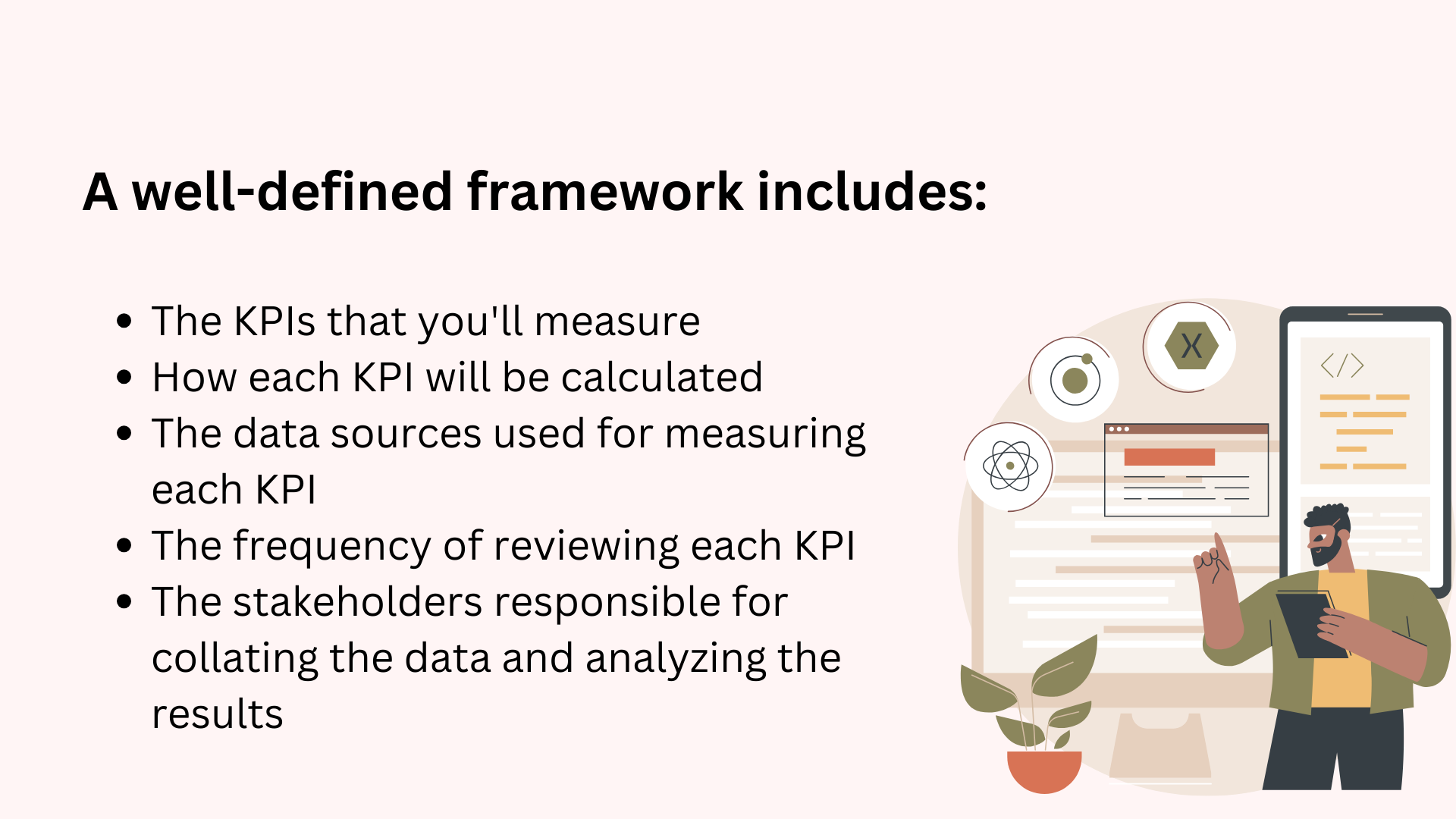Introduction
As organizations plunge deeper into the digital realm, measuring the efficiency, effectiveness, and ability to meet business objectives becomes paramount.
Key Performance Indicators (KPIs) play a significant role in measuring the success of digital transformation efforts by providing quantifiable benchmarks that reflect the organization's performance against its objectives.
This blog post explores the concept of digital transformation KPIs, their importance, key KPIs to track, and guidance to measure your digital transformation process.
The Importance of Digital Transformation KPIs
Digital transformation refers to the integration of digital technology across all areas of a business, altering how it operates and offering value to customers.
The initiative is a transformational process and not a one-time event; hence, it warrants periodic assessment and adjustments.
Therefore, metrics or KPIs are necessary to evaluate the success of digital transformation initiatives. They help:
- Identify Strengths and Weaknesses: By offering a view of project progression, KPIs reveal areas that are meeting standards, as well as those requiring improvement.
- Align with Business Goals: KPIs ensure that digital transformations align with the organization's objectives and contribute to the broader business goals.
- Promote Accountability: As tangible measures of progress, KPIs motivate teams and instigate responsibility.
How to Measure the Progress of Digital Transformation
Digital transformation represents a significant overhaul of a company's operations and services, necessitating robust tracking measures to ensure progress and success.
Here's how to measure the progress of digital transformation effectively.
Define Relevant Key Performance Indicators (KPIs)
KPIs play a critical role in quantifying the progress of digital transformation efforts. Choosing 5 to 9 straightforward and relevant KPIs can provide a clear line of sight into how your transformation efforts are progressing.
Measure Return on Digital Investments
Keep track of the value being provided by individual priority digital initiatives as well as how these initiatives collectively support strategic organizational goals.
To calculate the ROI of your digital investment, subtract the cost of the investment from its total benefit (gain from the investment), then divide it by the cost of the investment, and multiply the outcome by 100 to get a percentage.

Establish Baselines and Targets
Before implementing any changes, set baselines for your chosen KPIs to provide context and clarity.
Having a starting point can help in setting realistic targets for each KPI and allows for accurate comparisons.
Additionally, your targets should be attainable and time-bound, ensuring a sense of urgency regarding achieving the desired results.
Develop a Measurement Framework
Create a structured measurement framework that enables regular tracking of your chosen KPIs.

Consider Both Quantitative and Qualitative Measures
The impact of digital transformation can be measured both through metrics (quantitative) and through the qualitative analysis of your business.
Quantitative metrics could include customer satisfaction scores, revenue growth and retention, and employee productivity.
Monitor Progress Continuously
Ensure that you regularly review your KPIs and overall progress – ideally, monthly or quarterly meetings can be beneficial.
Tracking and monitoring progress over regular intervals helps identify trends, measure success, and fine-tune your digital initiatives.
When analyzing the results, look for patterns or outliers that could highlight significant successes or potential issues that need addressing.
Adjust and Iterate the Strategy
Digital transformation is an iterative and dynamic process that requires flexibility. As you measure and evaluate progress, be prepared to adjust your strategy, revisit objectives, and modify KPIs as needed.
Ensure your organization embraces a growth mindset and is open to making data-driven decisions based on the results from your measurement framework.
Promote a Culture of Continuous Learning
Continuous learning and improvement should be at the core of any digital transformation initiative.
Encourage employees to share their experiences, learnings, and insights gathered throughout the digital journey.
This culture of learning can lead to enhanced problem-solving and collaborative decision-making within the organization.
Key KPIs for Digital Transformation
Here are some effective KPIs to consider when assessing digital transformation efforts.
#1 Customer Experience KPIs
Customer satisfaction is a critical KPI for any organization. In the digital transformation context, it applies to both internal and external customers and can be measured through:
- Net Promoter Score (NPS): Essentially, it measures the willingness of customers to recommend the company or its products/services to others.
- Customer Satisfaction Score (CSAT): It gauges the level of customer satisfaction with a product, service, or specific experience.
- Customer Effort Score (CES): It measures the effort a customer has to apply to get an issue resolved, a request fulfilled, or a product purchased, installed, or learned to use.
- Customer Retention Rate: ****This tracks customer loyalty by measuring how many customers continue to engage with your service or product over a specific period. A high retention rate after a digital transformation indicates that changes were successful in keeping customers satisfied.
#2 Digital Adoption and Usage
The success of a digital tool rests largely on how often and efficiently it's used:
- Adoption Rate: It's the percentage of employees who have successfully adopted the new digital tool against the total number who were supposed to.
- Usage Rate: It reflects how often a tool is used by the staff intended to use it.
#3 Business Outcomes KPIs
These KPIs help determine how much revenue the digital transformation process has aided in generating:
- Revenue Growth: Enhanced digital capabilities should, ideally, have a direct impact on revenue growth. This KPI is straightforward — an increase in monetary gains attributed to the digital transformation initiative.
- Cost Savings: It measures the reduction in costs following the implementation of digital transformation processes.
- Market Share: Enterprises can gauge the success of their digital transformation initiatives by measuring any increases in market share, which can be a direct outcome of superior digital experiences provided to customers compared to competitors.
#4 Innovation Indicators
The drive for digital transformation is often a desire for better innovation. Therefore, KPIs that evaluate innovation are also crucial:
- Time-to-Market: It assesses how quickly a product/service moves from initial concept to being available for sale.
- New Product Revenue: This KPI shows what percentage of revenue is derived from new products or services. Tracking the revenue generated from the new digital products or services helps businesses ascertain the commercial success of their transformation efforts.
#5 Employee Experience KPIs
- Employee Engagement: Engaged employees are integral to a successful digital transformation. Surveys, pulse checks, and open feedback sessions can help measure employee engagement levels.
- Digital Proficiency: The digital skill level of your employees can also be a KPI to gauge if upskilling or reskilling as a part of the transformation process is successful.
- Attrition Rate: A significant increase in attrition rate following a digital transformation can flag potential issues with change management and need immediate attention.
#6 Operational Efficiency
Finally, operational KPIs can help measure whether digital transformation is making the business run more smoothly:
- Process Efficiency: Measuring process efficiency ensures that digital transformation is making your operations quicker and more streamlined. This could include the automation success rate, average handling time, or first call resolution in a customer service center, for example.
- Cost Reduction: Digital transformation often leads to cost reduction through automation and improved efficiency. Incidents of cost saving can indicate areas where your digital transformation is having a high impact.
Sanka for Your Digital Transformation Initiative
Sanka, a comprehensive platform designed to empower your digital transformation initiative by providing the right KPIs and a variety of business solutions.
By visiting Sanka, you can explore the extensive range of offerings tailored to various business needs.
Sanka ensures that your transformation journey is successful by offering targeted solutions across different domains.

Ready to kickstart your digital transformation journey and achieve more with less? Sanka is your ideal partner - offering customizable solutions, robust apps, and dedicated support.
Conclusion
For enterprises embarking on the digital transformation journey, defining and tracking the right set of KPIs is vital.
These metrics provide valuable insights into the transformation's progress and its impact on vital business objectives.
An enterprise's digital transformation journey must be guided by a blend of quantitative and qualitative KPIs that align with business goals, employee engagement, operational efficiency, customer experience, and innovation.
Embracing this holistic approach to monitor digital transformation performance will ensure that enterprises stay on course, maximize ROI, and harness the real power of digital technology.








